The new semester officially began this week for new JD students at Brooklyn Law School. The BLS Library staff would like to wish you a very warm welcome! We have met many of you at orientation and on the library tours, and look forward to getting to know you.
Our regular library hours starting August 28, 2017 are:
Monday – Thursday 8am-12am
Friday 8am-10pm
Saturday 9am-10pm
Sunday 10am-12am
Stop by the reference desk if you have questions: a reference librarian is usually at the desk Monday-Thursday from 9am-8pm, and Friday-Saturday from 9am-5pm. Also, don’t forget the research guide for 1Ls that is full of useful resources and tips.
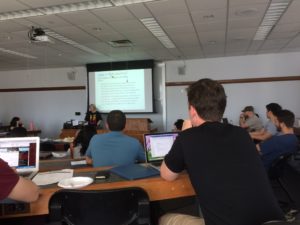
“Lebron” (Jean Davis) conducting training for new BJIL members
Though classes begin next week for returning students, many students are already on campus working on journals, attending trainings, etc. Today, Associate Librarian for International Law, Jean Davis (decked out in a Lebron T-shirt) conducted a training session for new members of the Brooklyn Journal of International Law (BJIL). The theme of the training: the importance of teamwork. Besides dispensing insight that ranged from choosing a topic for a student Note to the latest resources for Brexit, “Lebron” also welcomed the newest additions to BJIL’s team with a tasty strawberry shortcake from Mia’s Bakery. (BLS Lebron is cooler than Cleveland’s.)

It’s all about the Team!
Speaking of teamwork, at the start of the summer, we shared a short video about the changes happening this summer at the library. Thanks to the efforts of a wonderful team, the work is (almost) complete! The BLS journals have moved into newly renovated space on the second and second mezzanine floors of the library. We are also excited about the changes to the third floor, which has been completely transformed over the summer.
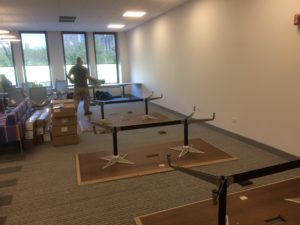
The 3rd Floor taking shape
The new reading room on the third floor is a collaborative space that is not limited to quiet study. Students are welcome to use it to discuss school work, collaborate on projects, or for individual study, as they wish. As with other areas of the library, light snacks and non-alcoholic beverages in covered containers can be consumed. There is a unisex bathroom within the reading room (no one on the library tour that I led caught the Ally McBeal reference; the 90s do seem light years ago) and also separate gender bathrooms right outside. Four reference librarians have also moved into new offices adjacent to the space.
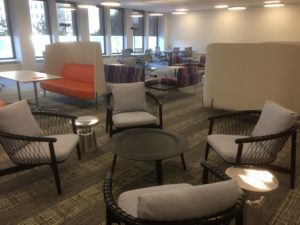
3rd Floor Reading Room
The third floor reading room can be conveniently accessed from the main law school elevators. In the near future, we plan to use the space for events, including possibly the upcoming 6th Annual Legal Research Fair on September 28, 2017 (to be confirmed soon – stay tuned!)
If you haven’t had the chance yet, come and check out our new third floor space!

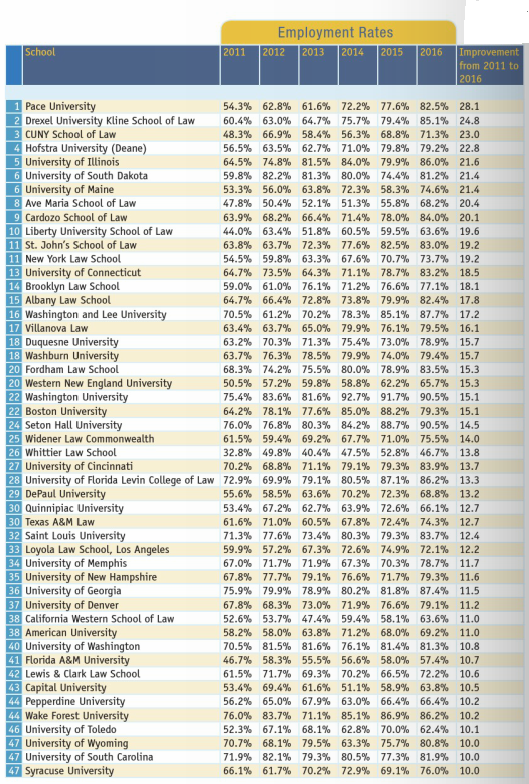




 A recent article in the NY Times,
A recent article in the NY Times, 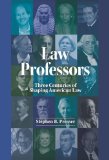
 The Brooklyn Law School Library’s
The Brooklyn Law School Library’s